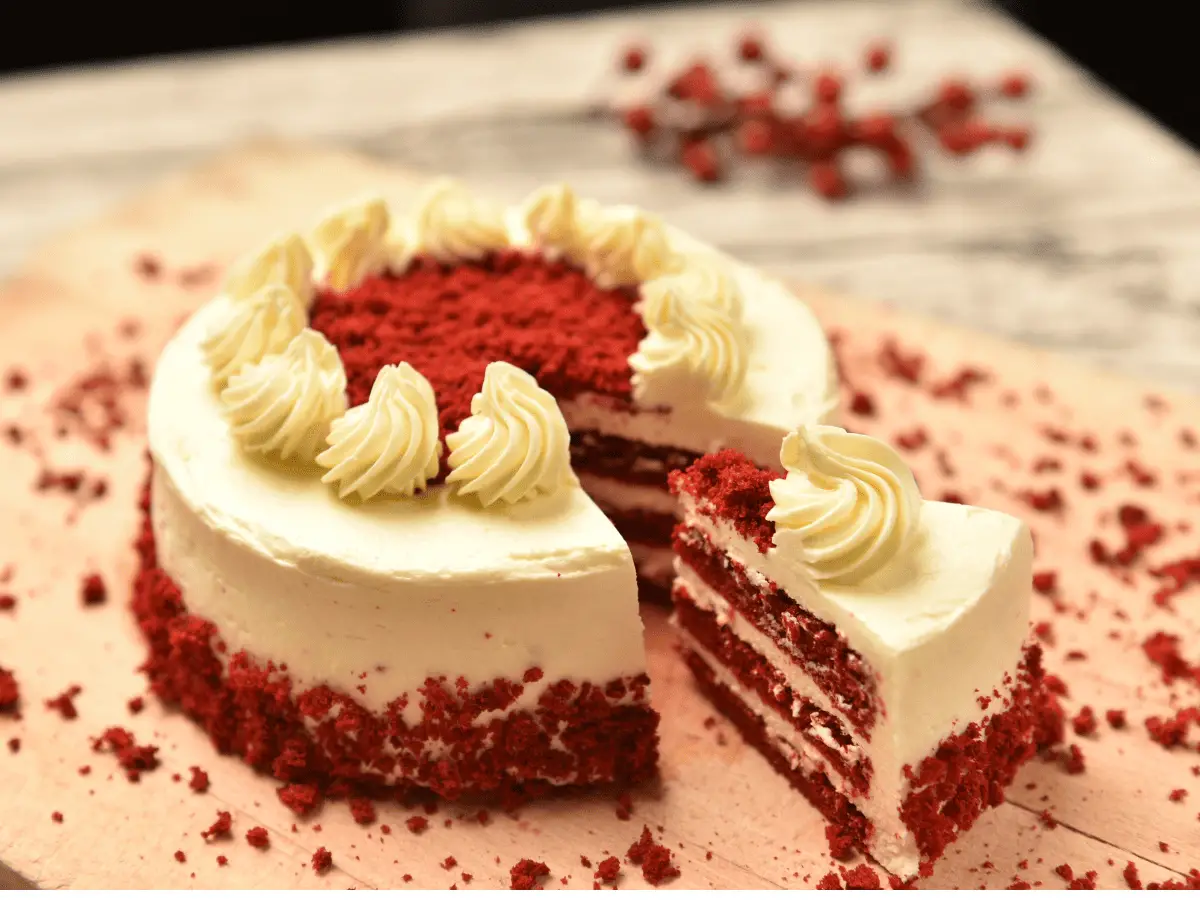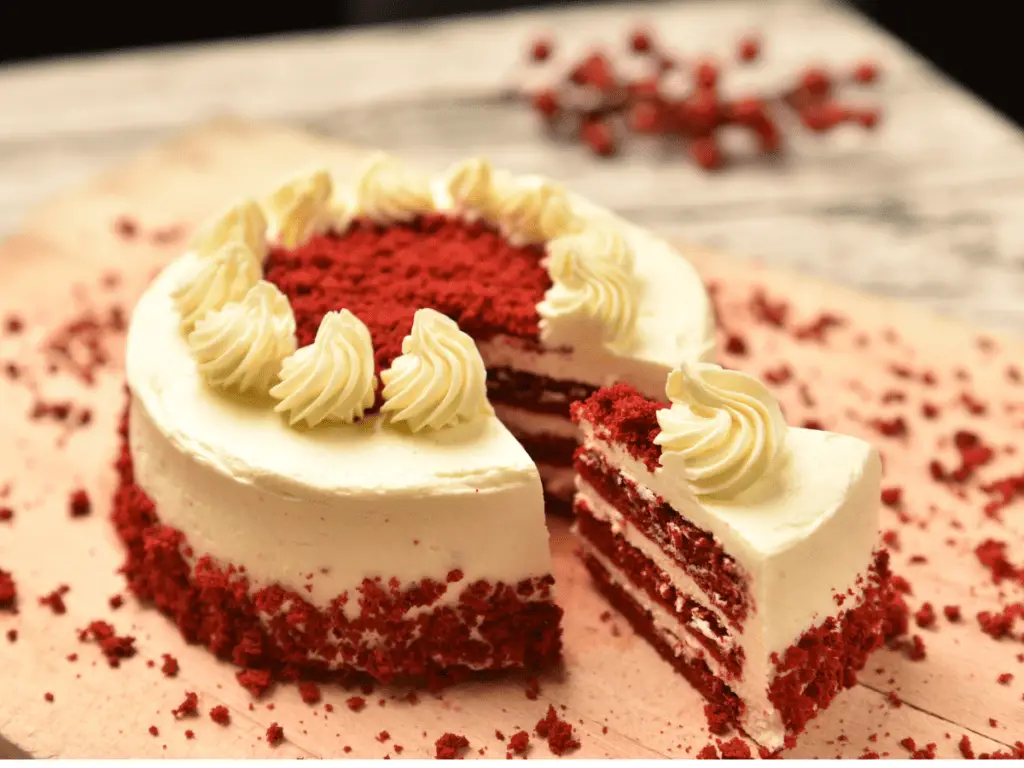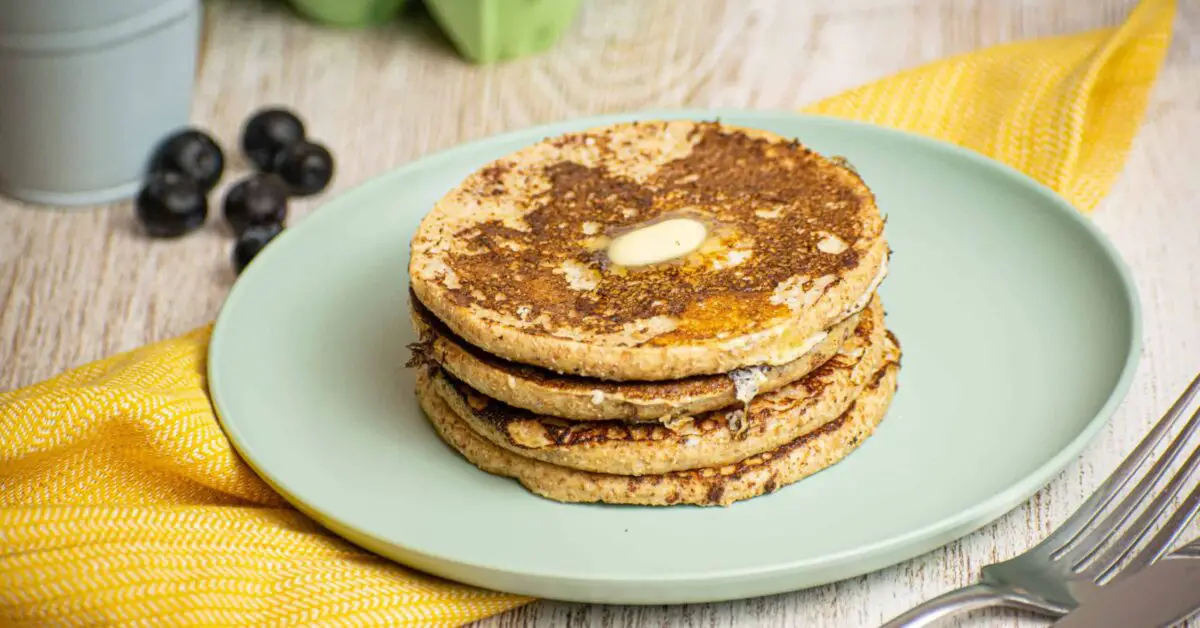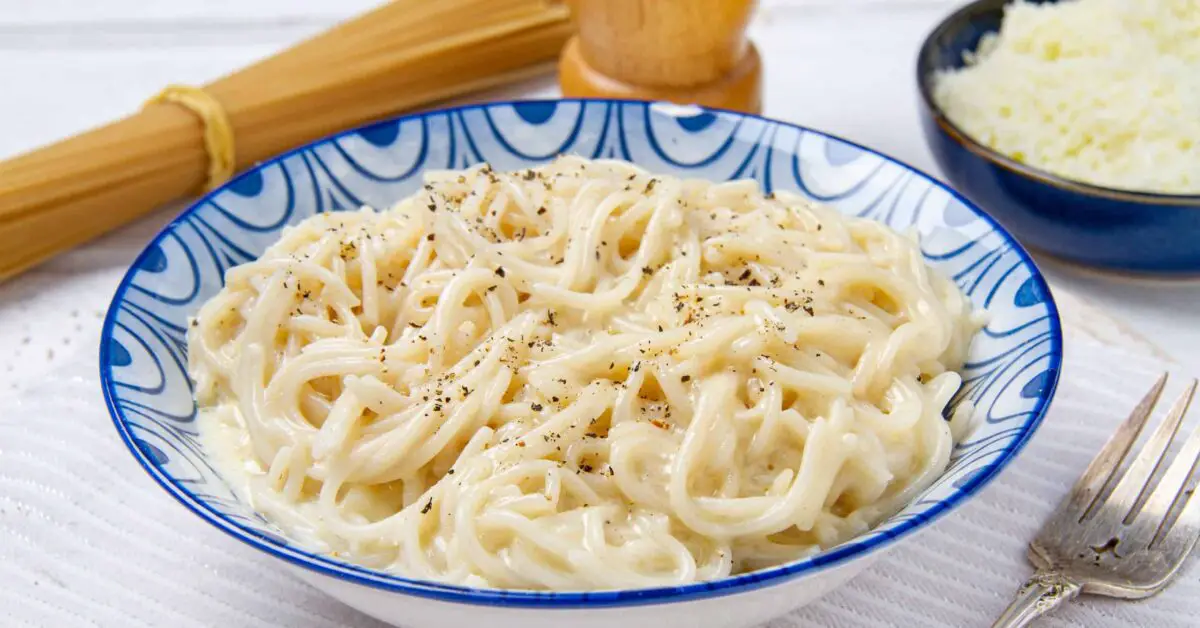
This post may contain affiliate links. Please read my disclosure for more information.
Cakes are delightful treats enjoyed by many, but what if you’re lactose intolerant, have a dairy allergy, follow a vegan lifestyle, or simply prefer alternatives to milk? Fear not, because we’ve curated a list of 10 fantastic milk substitutes that will keep your cakes moist, flavorful, and perfectly baked. Whether you’re whipping up a classic vanilla cake or an exotic chocolate creation, these substitutes offer a range of options to suit your dietary needs and culinary adventures.
Related: 15 easy substitutes for milk in coffees
Choosing the Perfect Substitute:
Selecting the ideal milk substitute for your cake is essential to achieve the desired flavor, texture, and moisture. Here’s a list of 10 exceptional milk substitutes you can use for cake making:
- Almond Milk
- Soy Milk
- Oat Milk
- Coconut Milk
- Cashew Milk
- Rice Milk
- Half and half
- Evaporated Milk
- Heavy Whipping Cream
- Cream cheese
These versatile milk substitutes offer a wide range of flavors and textures to enhance your cake recipes while accommodating various dietary preferences and needs.
Related: Alternatives for flour in pancake recipes
Easy ways to substitute for milk in cakes
Almond milk
The slightly nutty flavor and creamy texture make almond milk a versatile choice for cakes in the absence of regular milk. Almond milk adds a subtle nutty flavor and creaminess to cakes. It is also a 1:1 substitute for milk in any cake recipe.
Soy Milk
Creamy and rich, soy milk is a great all-purpose milk substitute for baking. It is ideal for maintaining moisture in cakes and is a perfect 1:1 substitute for milk in cakes.
Oat Milk
Oat milk can be used as a substitute for regular milk in cakes. Oat milk has a mild, slightly sweet flavor and a creamy texture, making it a versatile choice for baking. When using oat milk in your cake recipes, you can typically substitute it for milk at a 1:1 ratio. This means that for every cup of milk called for in the recipe, you can use an equal amount of oat milk.
Oat milk is a popular dairy-free option and works well in most cake recipes, including vanilla, chocolate, and fruity cakes. It may impart a subtle oat flavor, which can be pleasant and complement the overall taste of the cake. Just be sure to choose plain, unsweetened oat milk for baking to control the sweetness in your cakes.
Coconut Milk
Coconut milk can be used as a substitute for regular milk in cakes. Coconut milk has a rich and slightly sweet flavor, which can add a delightful tropical twist to your cake recipes. When using coconut milk in cake baking, you can typically substitute it for milk at a 1:1 ratio, meaning you can replace each cup of milk with an equal amount of coconut milk.
Coconut milk works particularly well in cakes where a coconut flavor is desired, such as coconut cakes or tropical fruit-flavored cakes. It can also be a suitable option for chocolate cakes, as the richness of coconut milk can enhance the depth of chocolate flavor. Just be sure to use full-fat, unsweetened coconut milk for the best results in your cake recipes.
Cashew Milk
Cashew milk is another excellent substitute for regular milk in cakes. Cashew milk has a creamy texture and a mild, slightly nutty flavor, making it a versatile choice for baking. When using cashew milk in your cake recipes, you can typically substitute it for milk at a 1:1 ratio.
Cashew milk is a suitable option for various cake flavors, including vanilla, chocolate, and nut-based cakes. It complements the overall taste of the cake without overpowering it with a strong flavor. Plain, unsweetened cashew milk is best when baking to control the sweetness levels in the cake recipe.
Related: Best milk substitutes for smoothies
Rice Milk
Rice milk can be used as a substitute for regular milk in cakes, but it has some characteristics that may affect the outcome of your cake.
For example rice milk is thinner than cow’s milk, and it lacks creaminess so you may have to make some adjustments to your cake recipe
On the other hand, rice milk can work as a substitute for milk in cakes, especially if you’re looking for a dairy-free and nut-free option with a neutral flavor. Still, be prepared to make slight adjustments to the recipe to account for its thinner consistency and lack of natural richness. My best advice is to follow a cake recipe that specifically uses rice milk for the best results.
Half and half
It is possible to make a cake using half and half as a substitute for milk, but there are some important considerations to keep in mind such as the fat Content of half and half.
Generally, you can substitute half and half for milk in cake recipes at a 1:1 ratio. However, it’s important to consider the recipe’s specific requirements and your desired outcome. If you’re concerned about the higher fat content, you can try a combination of half and half and water to achieve a balance that suits your preferences. Experimentation may be needed to achieve the perfect cake texture and flavor for your taste.
Evaporated Milk
You can make a cake using evaporated milk as a substitute for regular milk. Evaporated milk is a concentrated form of milk with much of the water content removed, which gives it a creamier and slightly richer consistency compared to regular cow’s milk.
You can typically substitute evaporated milk for regular milk in a 1:1 ratio. This means that for every cup of milk called for in the recipe, you can use an equal amount of evaporated milk.
If using evaporated milk as a substitute for milk in a cake recipe, consider the compatibility of the evaporated milk with the flavor of your cake. It can be a great choice for classic cake flavors like vanilla, chocolate, and caramel, but it may not be suitable for cakes with more delicate or fruity profiles.
Heavy Whipping Cream
You can use heavy whipping cream as an alternative for milk in cakes, but it will significantly affect the texture and richness of the cake.
Heavy whipping will make your cake richer, denser, and creamier. It can work well in certain cake recipes where a luxurious and indulgent texture and flavor are desired.
Cream cheese
Cream cheese is another great milk substitute for cake.
Cream cheese is thicker and denser than milk, so using it as a substitute will create a denser and richer cake. It is perfect for cheesecakes, pound cakes, carrot cakes, red velvet cakes and more.
Substitution Ratios and Tips:
- For all these substitutes, you can typically use a 1:1 ratio for milk, meaning you replace each cup of milk in your recipe with the same amount of your chosen milk substitute.
- Be mindful of the flavor profile of each substitute and how it complements your cake recipe.
- Adjust sugar levels if needed, as some substitutes may be on the sweeter side.
Additional Recipe Ideas
Here are some great cakes recipes to help you navigate baking amazing cakes without milk:
- Cream cheese pound cake
- Pound cake with half and half
- Whipping cream cake recipe
- Dairy free chocolate cake
Baking a cake without milk doesn’t have to mean compromising on taste and texture. These 10 milk substitutes offer a world of possibilities, allowing you to create delicious cakes that cater to various dietary preferences and flavor preferences. Experiment, have fun, and let your cakes shine with these versatile alternatives!



